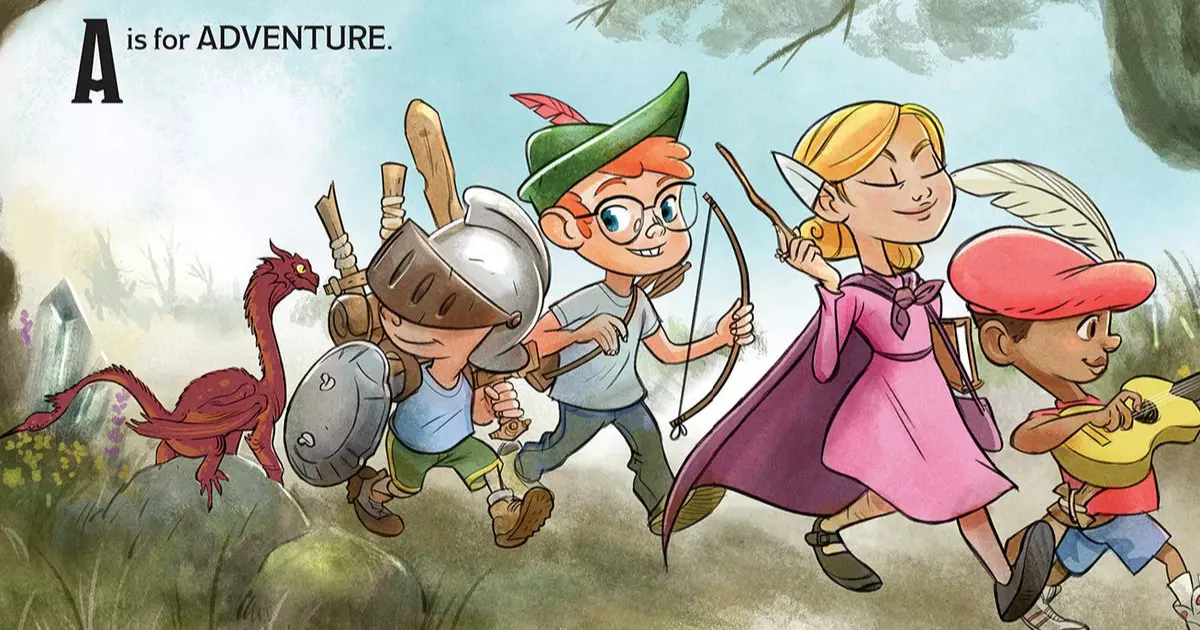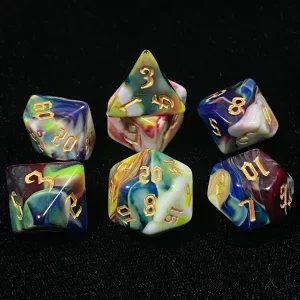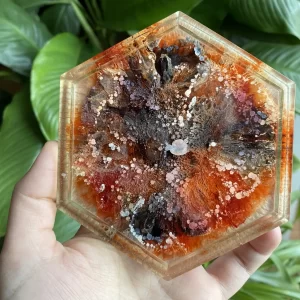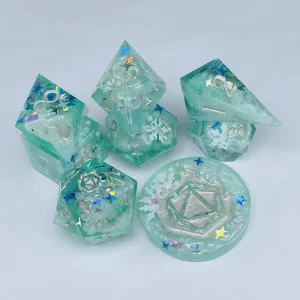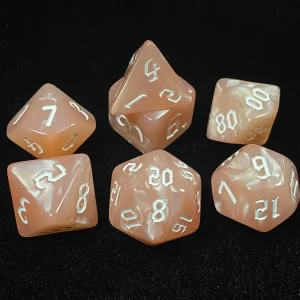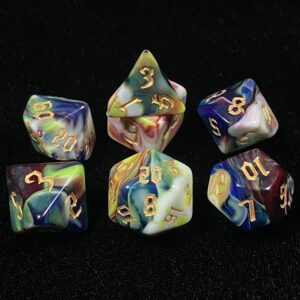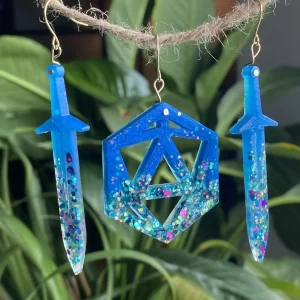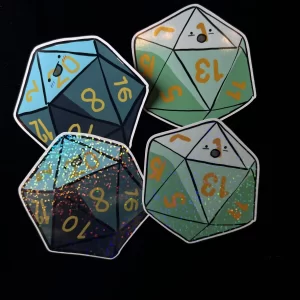[This guide is intended for those that are already familiar with Dungeons and Dragons and are looking on advice on how to tailor a game for kids. If you know nothing about D&D you should first read some of our other guides such as ‘D&D explained’, or start listening to a live play D&D podcast to get an good idea of the game first.]
If you want to host Dungeons and Dragons for kids, it’s absolutely essential that you don’t bite off more than you can chew. You need to be prepared.
Instead of detailed world exploration as per a typical game, kids (of any age) are going to ask questions. Lots, and lots, of questions. If you don’t plan correctly, questions will eat into your game time and even halt the flow of your campaign.
After all, children have a tendency to go off the rails. Unlike standard campaigns, D&D for kids may benefit from under-planning and not over-planning. You’ll likely find that what you think will interest young players (like undead monsters, dragons, and behemoths) might not be as foolproof as you think. Kids are going to find interest in everything and anything – and simply throwing different types of zombies at them over and over again might soon lose their interest.
To make D&D suitable for kids, you’ll need to:
- Provide them with the tools they need to learn and grow.
- Allocate time for questions and answers.
- Play to the books a little more than you normally might.
We make product recommendations of stuff we agree is of the quality standards worthy of the most hardcore adventurers. Trust from the patrons of our Inn is our most valued resource and we will never recommend something we don’t believe to be in your best interest. Some of these products will be affiliate links so that you can get equipped for your adventure and support the Everhearth Inn at the same time. As an Amazon Affiliate, we may earn commissions from your qualifying purchases.
Table of Contents
Introducing and Explaining D&D to Kids
Whether you are deciding to start playing D&D with your own kids or running a campaign at school: introducing and explaining D&D is important to retain long-term interest.
If you encourage kids to play D&D under false and inaccurate pretenses (“It’s like Minecraft! There are Skeletons!) – then you’ll find they quickly get bored during actual gameplay. Make sure you tell the truth and explain D&D as succinctly as possible. Consider:
- Do they already know about D&D?
- How will you explain it to them – in the game, and outside of?
- Can you gauge their interest with a one-shot?
- Can you use pop culture references (like Stranger Things if you’re running a campaign for teens) to get them excited about starting?
D&D Resources For Kids
When starting a new D&D game for kids, you’ll want to utilize all the resources accessible to you.
This means arming yourself with a printer, printing off character sheets, photocopying relevant class, background, and race pages, and even sourcing interesting visual guides like this one from simplednd (which will help kids find the right D&D dice to use when they roll):

Having physical copies of D&D resources will not only help you save time when kids inevitably ask questions, but will also allow you to argue your point if they ever dare to question your authority.
(It’ll happen).
There are some amazing adaptations of quests, rules, character sheets and more online all specifically tailored to kids.
Some of our favourites include:
Hero Kids
Hero Kids is an award-winning fantasy TTRPG designed for kids ages 4 to 10. The rules have been stripped way down and simplified, as well as the number of dice needed. The time to play is only around half an hour to an hour max, so perfect for shorter attention spans, although be warned they may be asking for much more. There are also loads of different supplements and settings available that mean you can tailor it to whatever your kids in particular are interested in.
It does cost some money but the PDF version is very reasonable and you can just look at the hundreds of 5 star reviews in has from parents to get idea of how popular it is.
Monster Slayers: The Heroes of Hesiod & Monster Slayers The Champions of the Elements
Both written by Susan J. Morris, these 2 campaigns are another perfect starting point. For ages 6+, you can run either independently with The Champions of the Elements being the newer of the two. The first guide Heroes of Hesiod was so well written and popular, the official publishers of Dungeons and Dragons, Wizards of the Coast, actually sponsored and promoted the second and recommends it for playing D&D with your kids. It’s described as “capturing the flavor, fun, and educational benefits of Dungeons & Dragons in a fast-paced, easy-to-learn experience for kids”. And the best thing is they are both completely free! Nothing additional is needed to play other than some dice and some pencils, so you can go and check them out right now.
Susan has also written a handy FAQ for playing with kids in general here.
An Ogre and His Cake & Clonker’s Guide to Being a Hero
Two more amazingly fun and well produced D&D adventures for kids, An Ogre and His Cake and Clonker’s Guide to Being a Hero are for ages 5+. Unlike Monster Slayers though, these adventures do require you to either have some prior knowledge of how to play the game, or a copy of the basic rules to familiarise yourself with. An Ogre and His Cake, which is the first of the two adventure, is Pay What You Want with any purchase of either of these adventures going to support Extra Life which is a non-profit organization focused on supporting children’s hospitals through communal gaming events.
DMingDad
DMing Dad is a brilliant blog that goes deep in to the nitty gritty of playing Dungeons and Dragons for Kids through lived experience and also has some great resources like the Princess in a Tower family friendly solo adventure.
James Stowe’s Kids Character Sheets
These character sheets designed by illustrator and RPG fan James Stowe are brilliant and perfect to give to kids that aren’t quite ready to jump in to making their own character from scratch.

D&D Adventure Begins Board Game
Finally if your kids are over 10 and you are looking for a more familiar introduction to the world of Dungeons and Dragons; you might want to consider this Co-operative Board Game which takes elements from a more traditional D&D game, but plays much like a typical board game.
How to Play D&D With Kids
When starting a new D&D game for kids, you’ll want to utilize all the resources accessible to you.
D&D For Under 5's
D&D For 5-6-Year-Olds
For 5-6-year-olds, you should first try running one of the adventure books mentioned earlier, and if that goes well you can move on to other one-shots or go completely rogue with your own adventure if you’re confident. To begin with though. prebuilt, age-appropriate, content will allow you to concentrate on answering questions in detail without losing your train of thought. For this age, you should always allow session time to recap previous events and remind kids where they were in the campaign.
D&D For 7-8-Year-Olds
Campaigns for 7-8-year-olds should involve as much decision-making as possible, providing several, clear, options for character classes and races, as well as potential storylines and exploration paths. This will allow them to take charge of their own learning and feel proud of the outcome. If you have an indecisive child, Druids make adaptable, flexible characters that can change their form and face.
D&D For 9-10-Year-Olds
With some guidance, 9-10-year-olds should be given the freedom to build their own characters from the core D&D book, but be sure to avoid allowing multi-verse content from expanded editions. You should be able to run your own world with confidence but do set guidelines such as:
- Keeping quiet when others are talking.
- Being respectful of everyone at the table.
- Taking turns even when not in combat.
This will help you maintain the flow of D&D and make your game more enjoyable for everyone.
D&D For Preteens
Preteens will likely do a lot of their own background research on D&D – and allowing expanded WotC content (but not homebrew as balancing this can be very complicated) will help them maximize their creativity and design the character of their dreams. You can start introducing complex multi-session storylines as preteens will often be able to retain details from previous sessions. Make sure to encourage them to take notes, which will help keep them actively engaged in the story even as their minds start to wander.
D&D For Teens
D&D can mostly be played as normal for teens, though one common occurrence is a “fight” of sorts for the DM’s attention. Everyone will want to feel like the hero, and balancing this can be tricky. Introduce turn-taking if necessary, and make sure conversation stays relevant while at the table. Many Dungeon Masters also prefer to introduce a no-phone rule, though obviously allow them to access resources online if they need to look something up.
The Benefits of D&D for Kids
Not only is D&D a great source of entertainment, and a wonderful bonding experience for parents and children – it can actually teach strong emotional intelligence, incredible communication skills, and even improve math skills. Running D&D for kids will allow them to grow their imagination, develop a new passion, and have some control over what goes on in the world around them.
Overall, D&D for kids is a great tool for equipping them with essential values and characteristics that they’ll use throughout their whole lives. Start a campaign today.
